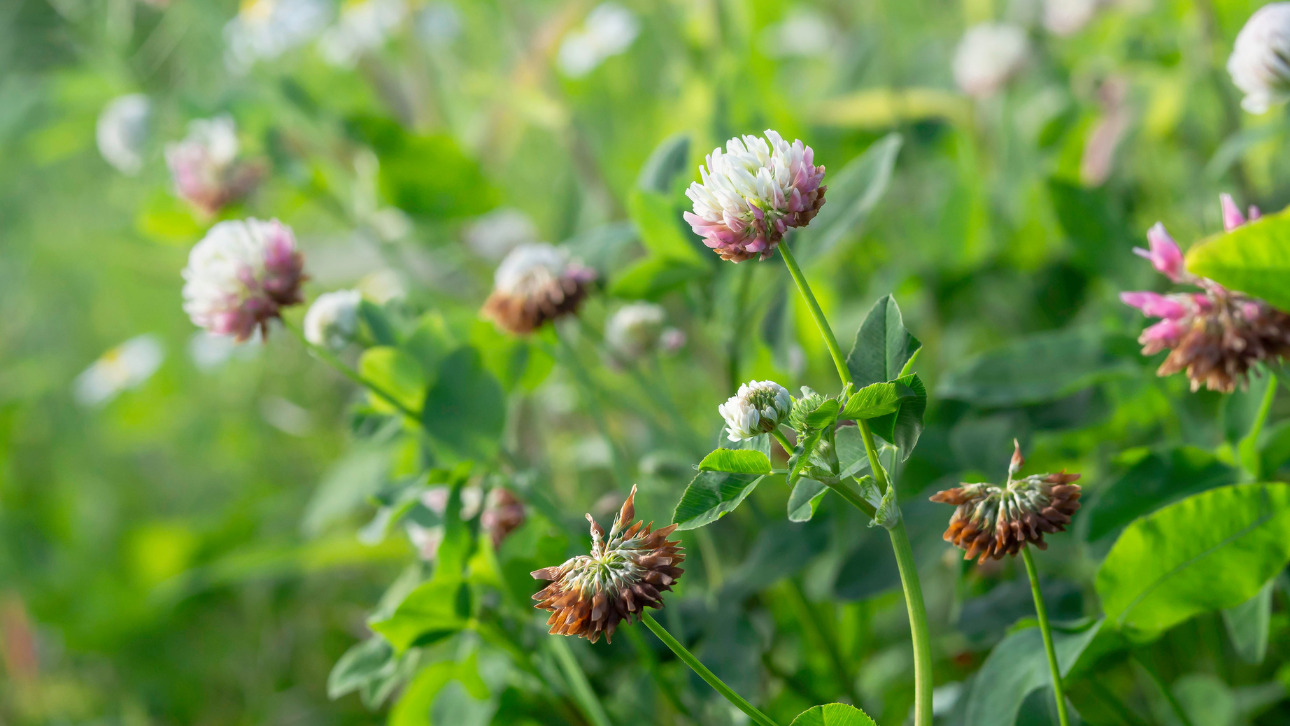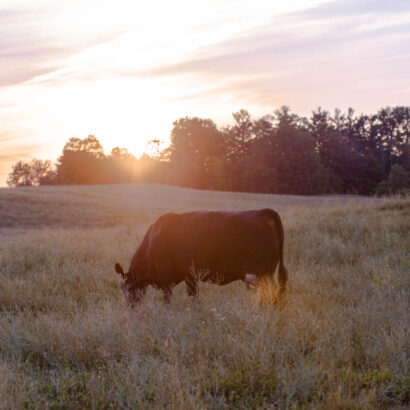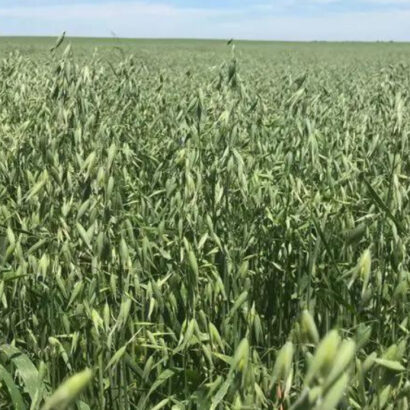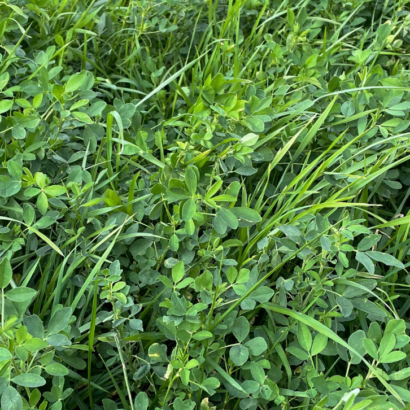It never fails. When October rolls around, the pairs on pasture get restless. A few more cows begin to reach over the barb wire and calves are finding holes in fences you didn’t know were there. The quality and quantity of grass in nearly all pastures has drastically decreased by this point, and cows are ready for a change. Though we haven’t reached that point in the year yet, it’s a pertinent time to think ahead to improve that scenario now.
Grazing lands that have been over-grazed or not rotated become dominated by invasive, cool season grasses. Those grasses go dormant mid-summer and lose their nutritional quality and palatability by late spring. Along with over-grazing, broad spectrum chemical application for weeds creates a monoculture of grasses in our pastures. Our herbicide options have never been better, and they are necessary in many scenarios. They are great tools to promote grass growth, however, when we kill unwanted broadleaves, we also kill beneficial broadleaf plants. Once the massive infestations of thistle, buckbrush, or any other invader weeds are under control, I suggest switching to spot spraying or improved grazing management. This will ensure a more diverse plant community for all to thrive synergistically.
If your pastures are well-managed and weeds are only spot sprayed, consider trying to add a legume to your grass. Great legume species to consider include grazing alfalfa, red clover, cicer milkvetch, sainfoin, ladino clover, and alsike clover. Not only can they add protein to the cow’s diet while grazing, but they will also provide more growth in the fall and can fix nitrogen for your grass species utilize. Consider dropping your nitrogen application to your pasture, and instead, grow better forage and sequester your own nitrogen.
I understand if you have land serving as a pasture, mostly likely it’s not farmed for a reason. The ground may be too rocky, too wet, too light, or too steep. So how do you go about planting legumes in it? Frost seeding in early spring is a great way to seed legumes when broadcasting into pasture. Early spring generally provides some great planting windows with numerous freezing and thawing cycles. If your pastures thaw out and there is snow in the forecast, hook up a spinner spreader and broadcast legumes onto your pasture. As the weather warms up in the spring, the legumes will have seed to soil contact and warm enough soil temperatures to allow the legumes to start growing and provide additional quality forage.
The bottom line is this: by building a more diverse pasture, you will build better quality grazing. As your cows eat better, they milk heavier, and your calf weights increase. This gain, in combination with the lack of fertilizer you’ll purchase, helps you become a more profitable cattle producer.




Discussion
0 Comments